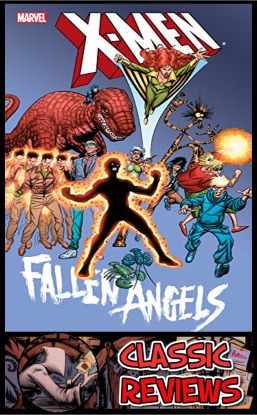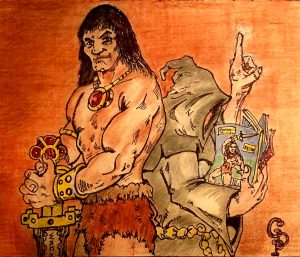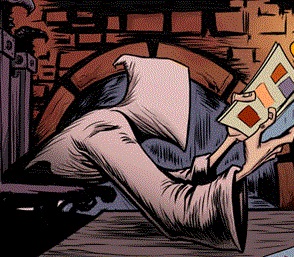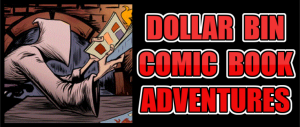CLASSIC REVIEW: X-MEN: FALLEN ANGELS Trade Paperback (Marvel Comics)
Sunspot and Warlock eventually settle into a place called “Beat Street” where long-time X-Men villain The Vanisher has set up shop.
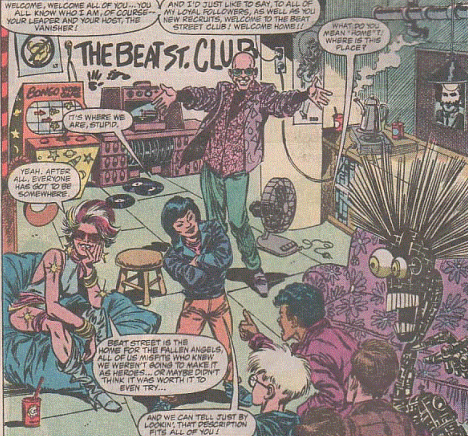 |
| Welcome to Beat Street, where you’ll find all of the 1980s teen angst that you will ever need. |
Despite Sunspot’s misgivings, the Vanisher claims to have turned over a new leaf, caring for a bunch of misfit superheroes who just wouldn’t cut it on mainstream teams. It’s here that we meet Gomi, a super-nerd with two cybernetic lobsters. The lobsters are Gomi’s friends, and he can communicate with them. I’ve got to admit, the lobsters really do steal the show in this book.
Other characters on the team are Ariel, a teleporter with the mutant power of persuasion, and Chance, a tomboy who only discovers she has mutant powers later in the series. The group – rather than a group of “misfit heroes” are more like a group of super-powered petty thieves who keep the Vanisher comfortable in exchange for shelter, a home and a sense of belonging.
Halfway through the series, Ariel teleports the group to another dimension, where Devil Dinosaur and Moon Boy join the team. The last few issues introduce what should or could have been the overall theme of the series, as the team is betrayed by one of their own and sold to a being on the mysterious planet of Coconut Grove.
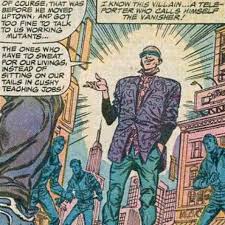 |
| Where are Crockett and Tubbs when you need them? The Vanisher in all his gaudy 1980s glory. |
1980s references abound in this book, both in the dialogue and in the attire of the characters. The Vanisher looks like a villain from the 1980s hit Miami Vice. Coconut Grove looks like an odd mish-mash of the world in Logan’s Run (1970s) and one of the sordid Miami nightclubs from the previously mentioned 1980s drama.
The artwork – by Kerry Gammill, Marie Severin and Joe Staton in later issues – is nothing to write home about but its not bad. It moves the story along, but seems far too busy in many places. Thankfully, solid inks by Tom Palmer and Val Mayerik manage to make the best of what really is average comic art at best.
Much of the dialogue consists of arguments between characters who are all strong personalities and don’t get along. Devil Dinosaur and Moon Boy don’t even speak the same language as the rest of the tem, so the communication gap there is huge. It really makes no sense why they even joined the Fallen Angels – unless it’s just part of the “misfit” concept in the series and the fact that the two were misfits from their own land.
The big problem with this book is that writer Mary Jo Duffy doesn’t make clear what exactly the book is supposed to be. Is it a super hero team book? Is it a story of adolescence and learning responsibility? Is it about Coconut Grove’s plight and kidnapping of the heroes, or bringing misfit characters together? It’s clear that not even the author knows.
Duffy has an odd yet varied resume with Marvel Comics, her longest runs on any series being Crystar, the Crystal Warrior #1-11 and Akira #1-37. She’s written solo stories and had short runs in Conan the Barbarian, Epic Illustrated, Star Wars and Power Man & Iron Fist.
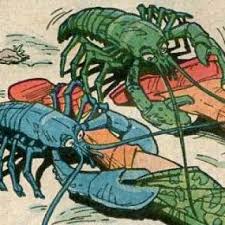 While not a great collection by any standards, Fallen Angels is definitely worth picking up. Gomi and the bond he shares with his cyborg lobsters, Don and Bill is clever and an enticing story arc (Devil Dinosaur does step on Don at one point, killing him.)
While not a great collection by any standards, Fallen Angels is definitely worth picking up. Gomi and the bond he shares with his cyborg lobsters, Don and Bill is clever and an enticing story arc (Devil Dinosaur does step on Don at one point, killing him.)
The book will also be an anomaly in your collection – it’s a mainstream Marvel series that utilizes excellent characters, yet it’s driven by many plots that really go nowhere and don’t work cohesively together. It’s an anomaly in a sea of X-books that for the most part don’t make sense or collectively create an ongoing sotryline. It’s “Marvel on LSD“ and some seriously strange reading.
This book earns a 6.0 out of 10 rating because the whole point of the series just isn’t clear. It could have been an attempt to create a new super team, as a second part was pitched in an issue of Marvel Fanfare, but that never came to fruition.
That’s probably for the best.
As always, I am – Wally (AKA Paint Monk)

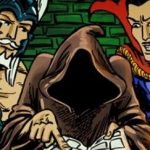
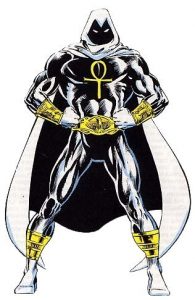

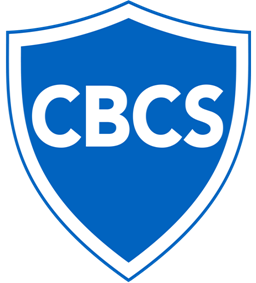
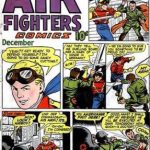
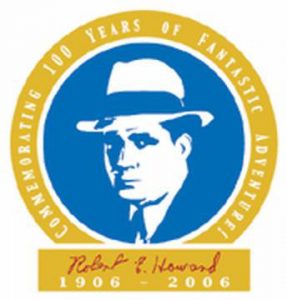
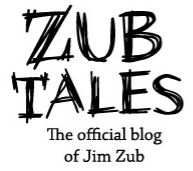
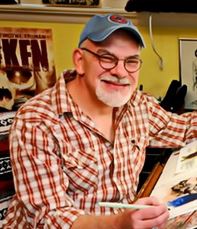
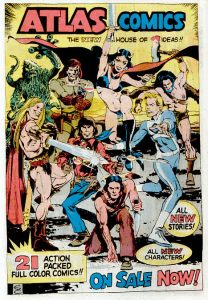
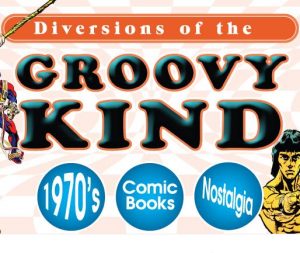
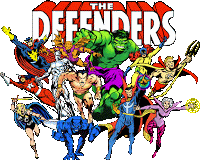
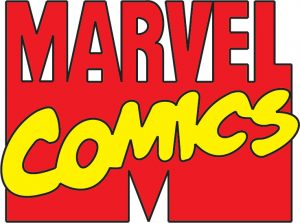
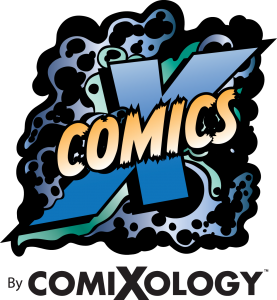
 Posted in
Posted in  Tags:
Tags: 